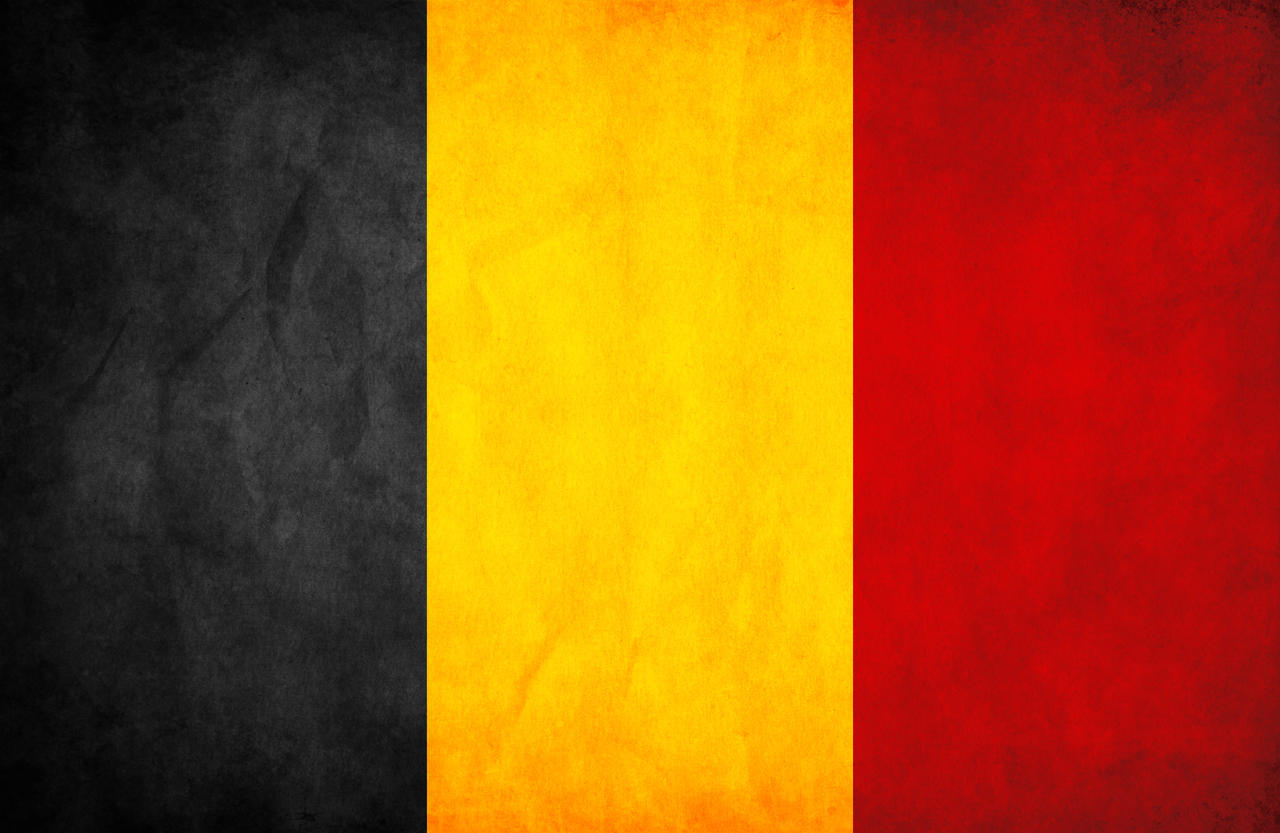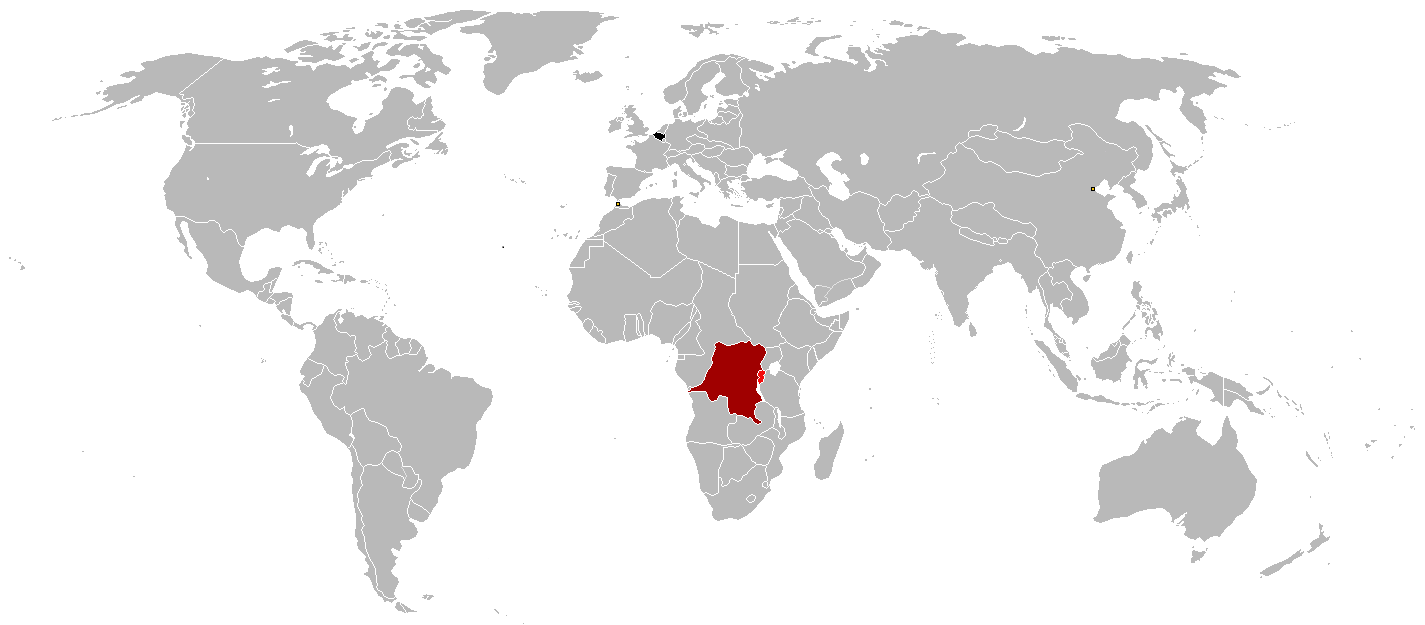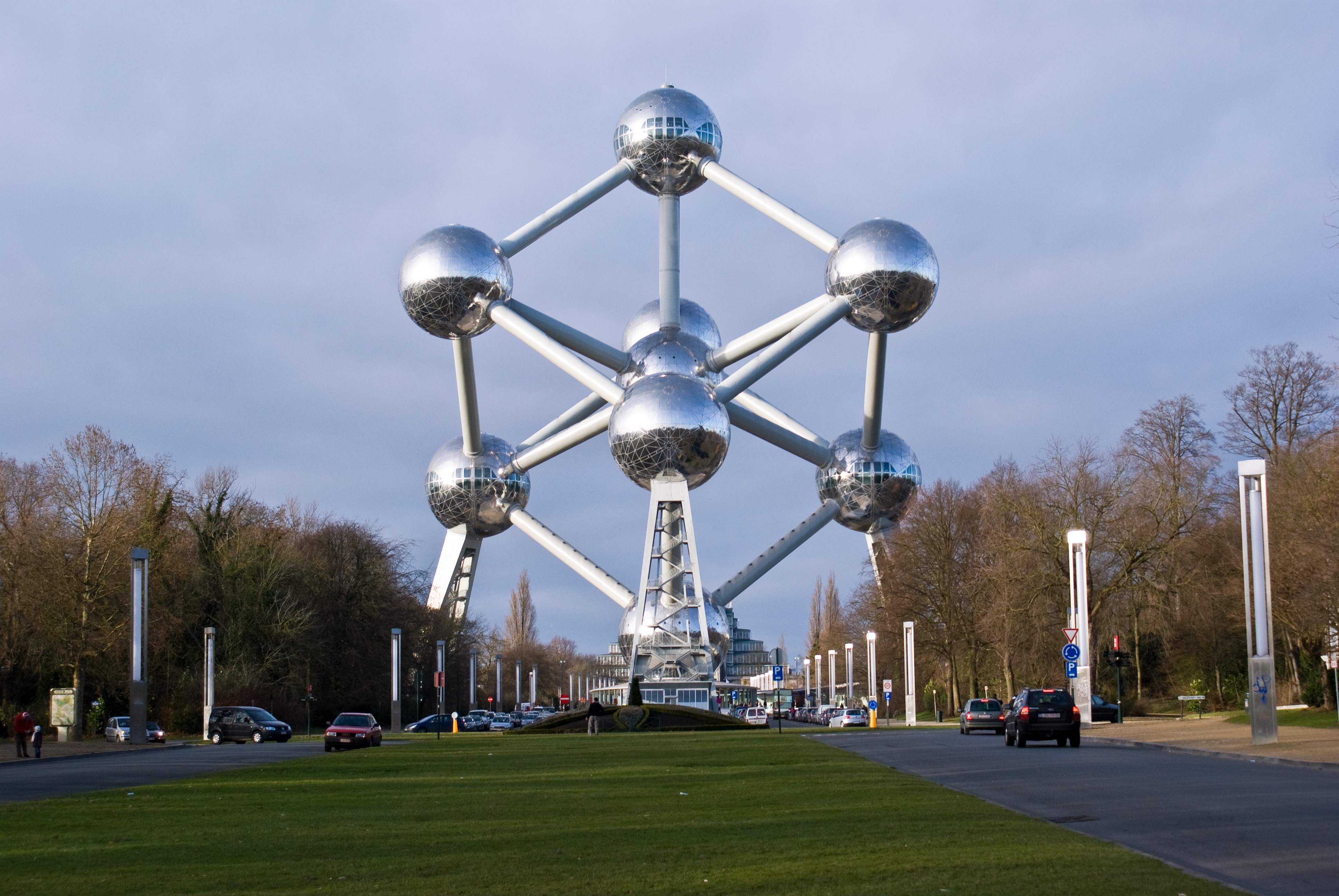1. Belgium vs Netherlands
Belgium and Netherlands were a long time a part of the Habsburg family empire. First a part of the Spanish Habsburg empire and then Austrian Habsburg empire. The area was divided in the Protestant Dutch and Catholic Belgian part. Later when Belgium became independent from the Netherlands, language became the issue of the disputes, which divided the country in the French-speaking Wallonia and Dutch-speaking Flander. The third area, Bryssel is bilingual.
2. Independence and square flag
The revolutionaries used the Brabant square flag in 1830 when Belgium declared independence from the Netherlands. Belgium had been attached as a part of the United Kingdom of the Netherlands led by the Orange family in 1815. Before that the whole region was controlled by Austria's Habsburgs before the French Revolution in 1789. The idea of a separate state from Netherlands had born in 1790 when the United States of Belgium was established after a revolt in Brabant. The independence was short-lived and it didn't last even a year before Austria suppressed it. Later Austria lost the area to France in 1795.
To summarize this all, a revolt against Austria started in Brabant in 1790, influenced by the French revolution and later as a part of the Netherlands, Belgium used the Brabant flag in a coup in 1830, when they declared Belgium independent.
| Belgian Revolution, army camp at Rijen, Netherlands, 1831 |
3. Belgian colonial empire
In Berlin Congress 1885, European statesmen divided Africa together with each other to avoid war.
Congo Free State (1885-1908)
later Belgian Congo (1908-1960)
Ruanda-Urundi (1916-1962)
Santo Tomás, Guatemala (1843-1854)
Tianjin Concession, China (1902-1931)
Isola Comacina, Italy (1919)
Leopold II made Belgium a colonial empire when he got the Congo Free State after the Berlin Congress and made it his personal property. His colony was 76 times larger than Belgium itself.
4. Amikejo, Esperanto state
In the Congress of Vienna in 1815, there was a dispute about a zinc mine in the village of Kelmis between Prussia and the Netherlands. The solution was to establish the state of Neutral Moresnet, administered together by the two states. Later when Belgium became independent it gained the role of the Dutch. The flag of Neutral Moresnet waved in the wind between 1816 and 1920. The interesting story here is that there were plans to make Moresnet the first country to use Esperanto as their official language in 1908. The planned name for the state was Amikejo, which means friendship.
 |
| Neutral Moresnet in the middle |
5. Cité Europeénne
Belgium is in the boundary of the Germanic and Latin Europe, that's why many international organizations have their headquarters in Brussels. Cité Europeénne is the district where many of the headquarters and offices are in Brussels.
Headquarters in Brussels:
NATO (North Atlantic Treaty Organization)
WCO (World Customs Organization)
Benelux General Secretariat
Eurocontrol
This is Belgium
Timeline
400s After the fall of the Roman Empire the area of current Belgium is part of the Frankish kingdom
800s Charlemagne's kingdom is scattered into smaller areas
1300s Flander is the center of the Central European finance life
1300s Flander and the whole current Belgium is under the French Burgundy rule
1477 Burgundy's Maria and Austria's Maximilian Habsburg get married so Belgium part of the Netherlands becomes a Habsburg territory
1556 Charles V gives up power, so his son Filip II king of Spain starts ruling the Netherlands
1579 Union of Utrecht, the 7 Dutch provinces unite, this is seen as the foundation of the future Netherlands
1713 After the war of the Spanish succession, the Netherland's are controlled by Austria's Habsburgs
1789 A coup after discontent against Austria
1790 The United States of Belgium is established, it sets the foundation for the future state of Belgium
1815 After Napoleon wars the United Kingdom of Netherlands unites Luxembourg, Belgium and the Netherlands as a kingdom
1830 Belgian Revolution, Belgium declares its independence from the Netherlands
1831 Leopold I becomes the first king of Belgium
1885 Berlin Conference, king Leopold II gets Congo Free State as his private pocession
1898 Dutch is accepted as a second official language after French
1924 After the World War the League of Nations mandates Ruanda-Urundi to Belgium, a former German African colony
1940 Germany invades Belgium
1945 Belgium was liberated by the Allied Forces
1960 Belgian Congo becomes independent
1962 Ruanda-Urundi becomes independent
1993 Belgium becomes a federation
Sources:
http://en.wikipedia.org/wiki/Belgium
http://en.wikipedia.org/wiki/United_States_of_Belgium
http://en.wikipedia.org/wiki/Belgian_colonial_empire
https://pethatesblog.wordpress.com/2013/03/19/belgium-is-the-strangest-country-in-the-world/comment-page-1/
Maailman liput maat ja historia - Kimmo Kiljunen
http://en.wikipedia.org/wiki/Belgium
http://en.wikipedia.org/wiki/United_States_of_Belgium
http://en.wikipedia.org/wiki/Belgian_colonial_empire
https://pethatesblog.wordpress.com/2013/03/19/belgium-is-the-strangest-country-in-the-world/comment-page-1/
Maailman liput maat ja historia - Kimmo Kiljunen










No comments:
Post a Comment